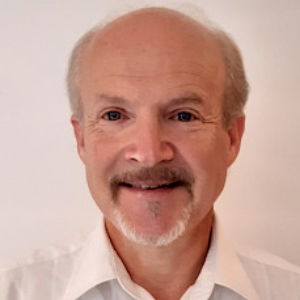Title : Bioinspired Sequence-defined drug, protein and gene carriers by chemical evolution
Abstract:
Viruses and protein toxins present natural examples for potent intracellular delivery of nucleic acids or proteins. Natural evolution has optimized such carriers that comprise multiple different functions for overcoming the delivery barriers. The evolution process takes advantage of the definition of each carrier as a specific amino acid sequence stored in form of a genetic sequence. Refinement of sequences occurred by local variations such as mutations, deletions, additions, or larger rearrangements such as domain shuffling, followed by functional selection for a biological task in the set environment. We intend to use these basic design principles of natural evolution for the generation of artificial drug delivery systems. A chemical evolution process may take advantage of combining empirical with rational design and utilize a far more diverse chemical design space than the natural variation of only 20 amino acids. Chemical evolution includes identification of chemical motifs for specific delivery steps and assembly of such micro-domains into defined larger sequences. It includes rational or random variation and rearrangement into various topologies, followed by screening for a pre-defined delivery task. Chemical motifs may include but are not restricted to natural amino acid sequences. For example, polymer units like polyethylene glycol or PEI, despite their simple structure, can exert delivery functions such as shielding or endosomal escape, respectively, with similar efficacy as far more complex natural proteins. In search for improved carriers, we focus on the assembly of building blocks into libraries of defined oligoaminoamide sequences by semimanual or automated solid phase-assisted synthesis. Formulation with the intended cargo (drug, protein, pDNA, siRNA) are screened in relevant biological models. Takeaway Notes •Innovative therapeutic agents like genes, intracellular nanobodies or siRNA need intracellular delivery •Sequence-defined assembly combines multifunctional carrier design with pharmaceutical precision •Bioinspired chemical evolution enables optimization of drug carriers •Tumor-targeted siRNA or gene delivery in vivo demonstrated in pharmacological murine models



